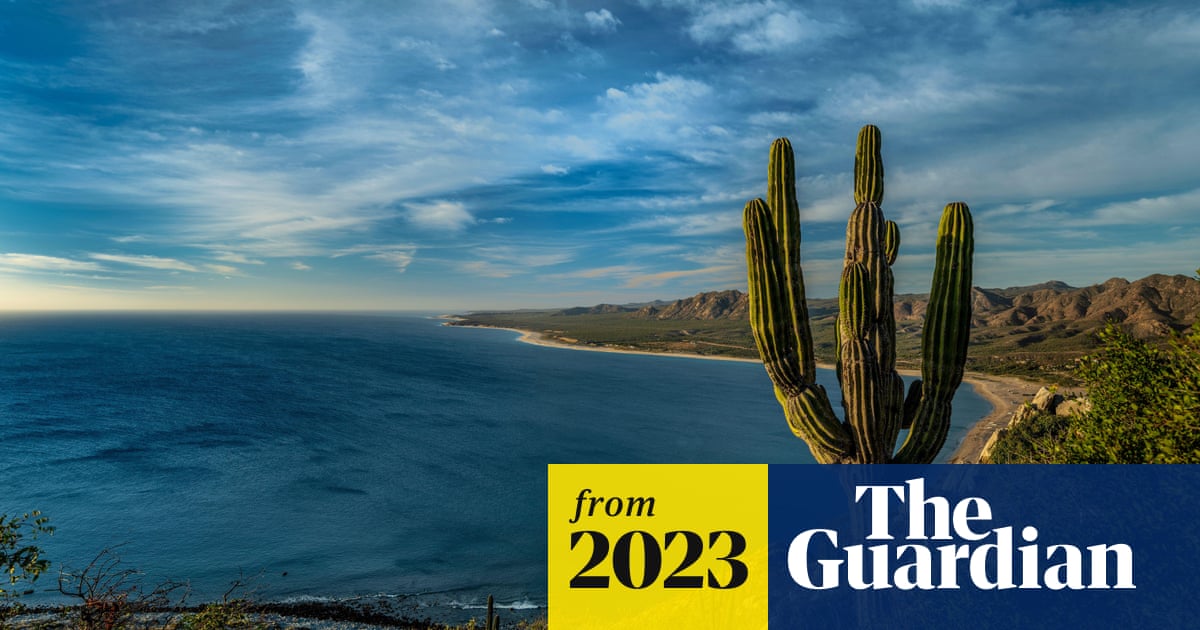Just as a point about rules and policies on safety equipment....I think the problem can be seen clearly in post #183. In it, a survivor of the Red Sea Aggressor fire clearly shows that owners can put in whatever standards and rules they wish, but you have no way of knowing if the crew will actually follow through on those advertised policies. To save you the read, the trip was shortly after the Conception fire in California, the passengers selected the ship because of their concerns about safety, the boat and crew promised significant safety features and policies, and nearly all of those promises were broken immediately. They were lucky only one person died.
Two American tourists just died in a hotel in Mexico, and the cause of death has been identified as inhalation of an as yet unidentified toxic gas. The hotel had recently disabled the carbon monoxide alarms because they kept going off and disturbing the customers.

Two Americans found dead at Mexico resort died from inhaling toxic gas
Workers at luxury hotel where John Heathco and Abby Lutz died report managers had disabled carbon monoxide alarms



